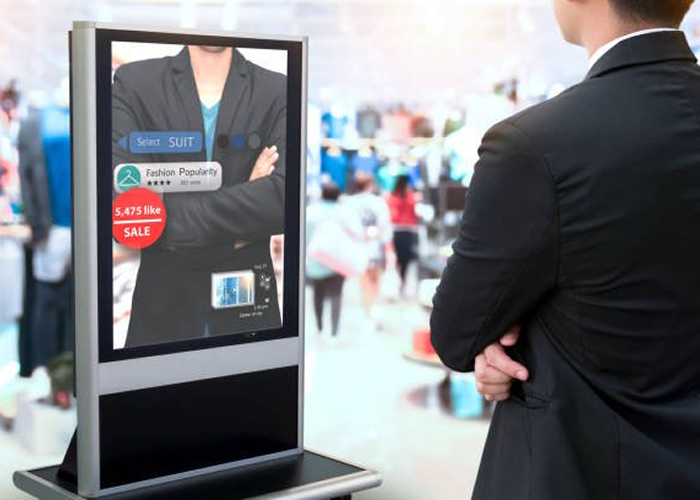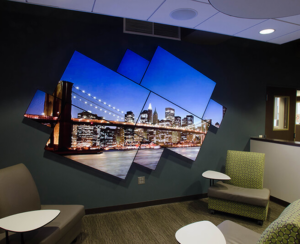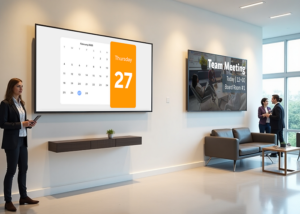In today’s rapidly evolving digital landscape, content management stands as the backbone of every successful digital signage strategy. From retail environments and transportation hubs to educational campuses and smart cities, the next generation of digital signage solutions relies on intelligent, data-driven, and automated content management systems (CMS). These systems don’t just distribute visuals—they craft stories that connect audiences through immersive, interactive, and personalized experiences.
Let’s explore how content management is shaping this transformation across key pillars—visual storytelling, automation, and IoT integration.

Unveiling the Core of Digital Signage Solutions
At its core, a digital signage solution is more than a screen—it’s a storytelling platform. Modern digital signage merges technology with creativity to deliver digital art displays, interactive installations, and public projects that engage communities in new ways.
Through effective content management, these displays can be dynamically updated to reflect real-time data, events, or audience behaviors. A city’s digital billboard, for example, can shift from promoting a cultural festival to broadcasting a weather alert in seconds
The magic lies in scalability and control. With a centralized CMS, organizations can manage hundreds of screens across different locations from a single dashboard—ensuring brand consistency and timely delivery. Whether it’s an art gallery curating immersive visual experiences or a public transport authority running interactive installations, content management defines how digital signage delivers relevance, reliability, and resonance.

The Art and Science of Visual Storytelling
Every screen tells a story—and the art of visual storytelling is where content management truly shines. Well-managed content transforms static screens into dynamic narratives that evoke emotion, drive engagement, and influence behavior.
In experiential marketing, storytelling through signage has become a vital tool. Imagine a retail store where a digital display reacts to a customer’s proximity, showcasing personalized offers or eco-friendly product stories. This is where content management becomes the bridge between technology and creativity, ensuring the right message appears at the right moment.
Beyond commercial spaces, digital signage for government and public spaces is also evolving. Public sector institutions are using digital displays to promote community initiatives, educational displays, and even public awareness campaigns. Through structured content management, these organizations maintain accuracy, timeliness, and inclusivity in their messaging—empowering citizens with accessible information.
When paired with analytics, content management allows teams to measure audience interaction and refine storytelling strategies for maximum impact. This blend of art and science is shaping how brands and institutions communicate in real time.
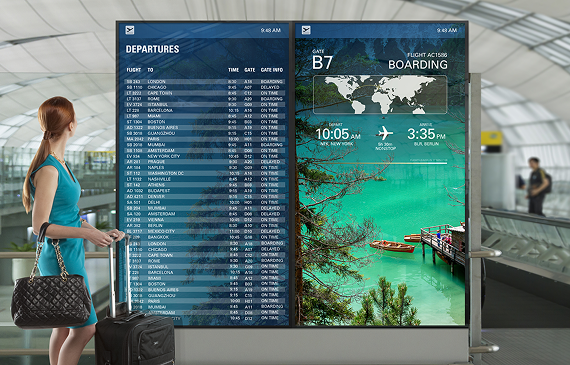
Automation and Scheduling in Content Management
The true efficiency of content management lies in automation. Advanced CMS platforms now enable automated scheduling, dynamic content replacement, and adaptive playlists—saving teams countless hours of manual work.
For instance, an educational institution can pre-schedule storytelling through signage for the entire semester: campus events, motivational quotes, student achievements, and emergency updates—all automated and contextually timed. Similarly, government agencies can use automation to promote new policies or launch campaigns instantly across multiple digital signage networks.
Automation also ensures that content remains consistent across multiple devices and locations. Whether it’s a single lobby display or a nationwide digital signage network, every piece of content aligns with the brand’s message and timing.
The next frontier is AI-powered automation, where systems will not only schedule but also generate and adapt content based on audience demographics, weather, time of day, or even emotional response. This intelligent layer will redefine how digital signage communicates—transforming it from a passive display into an active participant in the audience journey.

Integrating IoT and Data-Driven Strategies
As we enter the era of connected experiences, content management is embracing the Internet of Things (IoT). Imagine a smart retail space where digital signage adjusts content based on real-time sensor data—temperature, foot traffic, or inventory levels.
Through IoT integration, digital signage can deliver context-aware experiences that feel personalized and immediate. This connection allows for data-driven decision-making—analyzing what content performs best and adapting future campaigns accordingly.
The result? A feedback loop where content management evolves continuously, optimizing engagement and operational efficiency. Businesses that adopt IoT-ready content management systems will not only improve audience experience but also gain valuable insights into customer behavior and environmental interactions.
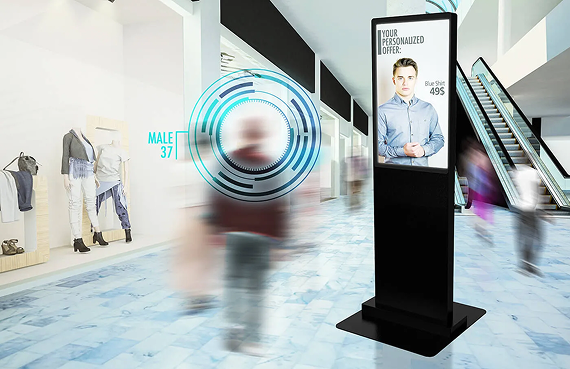
The Future of Content Management in Digital Signage
The evolution of content management is paving the way for a new era of digital signage solutions—one defined by automation, intelligence, and interactivity. As AI, IoT, and data analytics converge, content management will play an even greater role in ensuring that messages are not just displayed, but experienced.
For digital signage managers, marketing professionals, and content creators, understanding this intersection of technology and storytelling is essential. It’s not just about managing content—it’s about crafting experiences that move, inform, and inspire audiences everywhere.
In summary, the next generation of digital signage will be defined by its ability to combine creativity with control—where content management is the key to unlocking immersive, data-driven, and impactful visual communication.
Conclusion: The Future is Managed, Measured, and Meaningful
As digital ecosystems continue to expand, the role of content management becomes even more crucial in defining the impact and efficiency of digital signage solutions. The next generation of visual communication will not be defined by hardware or display quality alone—but by how effectively organizations can manage, automate, and optimize their content.
By integrating visual storytelling, automation, and IoT-driven intelligence, content managers can deliver not just information but meaningful experiences. Whether it’s a brand campaign, a public awareness message, or an educational initiative, success depends on how seamlessly content is designed, scheduled, and updated in real time.
The takeaway is clear:
The future of digital signage belongs to those who treat content as a living, evolving ecosystem—powered by data, guided by creativity, and managed through intelligent systems.
Businesses that invest in smart content management strategies today are not just staying relevant; they are actively shaping the visual communication landscape of tomorrow.
